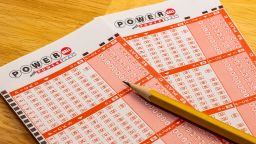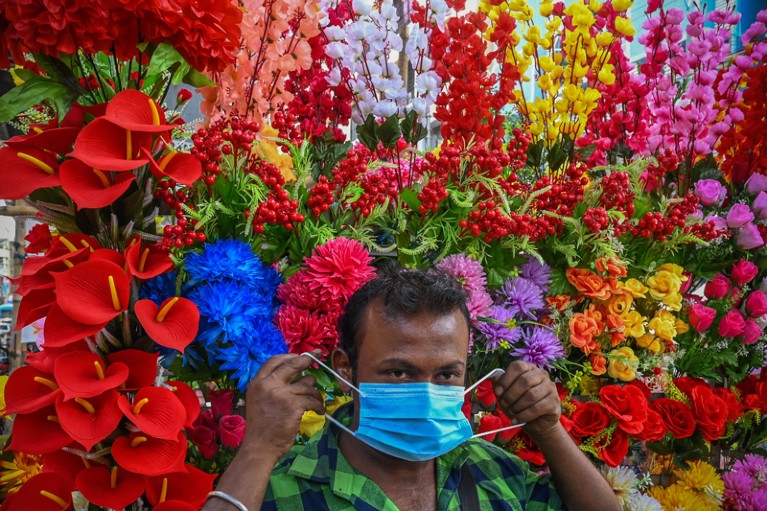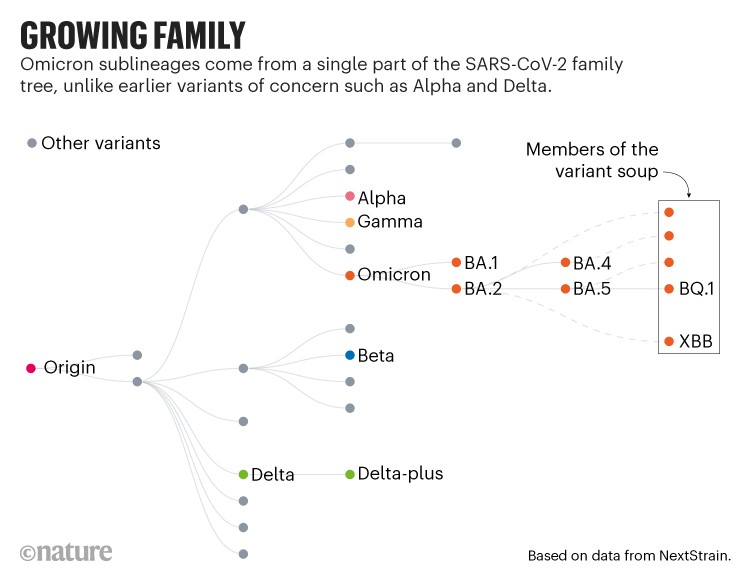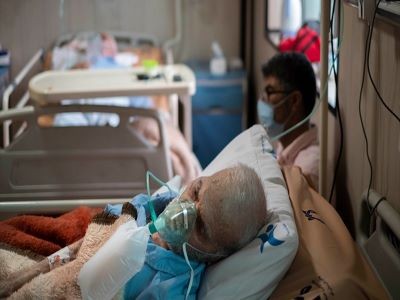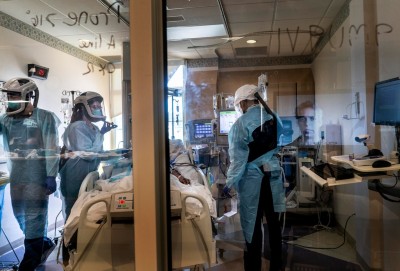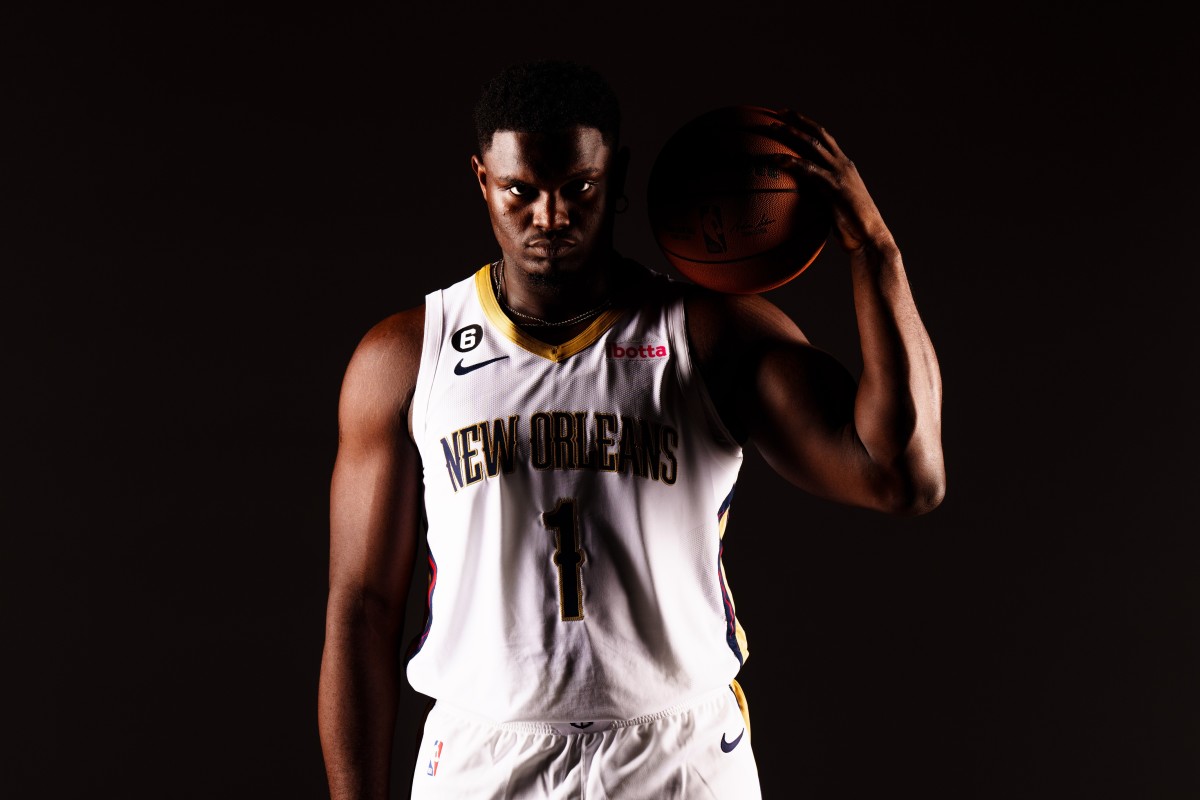hard.indah.link
The Supreme Court spent an inordinate amount of time on Monday hearing arguments in two cases about affirmative action in university admissions. Virtually nothing said in those arguments is likely to change the final outcome.
The six justices appointed by Republican presidents appeared determined from the beginning to implement the Republican Party’s preferred approach to race and the Constitution, while the three justices appointed by Democrats appeared equally determined to adopt the Democratic Party’s stance. That means that the Court is highly likely to implement the GOP’s longtime position that affirmative action should be illegal.
That said, at least some of the Court’s conservatives seemed bothered by several difficult questions that are likely to arise if they hand down a decision banning affirmative action.
Justice Brett Kavanaugh, for example, asked several questions about whether outwardly “race neutral” programs — such as admitting the top graduates from every high school in a state, a program implemented by Texas Gov. George W. Bush in the 1990s — are permissible even if those programs are enacted for the purpose of fostering racial diversity. Chief Justice John Roberts suggested that maybe affirmative action should still be allowed at service academies like West Point or the Naval Academy, after Solicitor General Elizabeth Prelogar argued that the military’s “strength, cohesiveness, and military readiness” will suffer without a diverse officer corps.
One of the biggest issues that plagued the justices is what to do about a university that decides to admit a student who writes a compelling essay focusing on their experience as a person of color. As Justice Amy Coney Barrett admitted at one point, it is “slicing the salami very finely” to say that a university cannot give a slight preference to a student who checks a box on their application identifying themselves as Latino, but that the university can give a preference the same student if they write an essay expressing pride in their Mexican American culture.
The Court heard two cases over the course of its interminable arguments on Monday, Students for Fair Admissions v. University of North Carolina and Students for Fair Admissions v. Harvard. Students for Fair Admissions is largely a front group for Ed Blum, a white activist who frequently advances lawsuits attacking programs such as affirmative action or the Voting Rights Act.
But the stakes in these cases go far beyond the UNC and Harvard admissions policies that Blum and his legal team targeted in his most recent trip to the Supreme Court. Even if one of the conservative justices who expressed some reservations today surprises us, that would still likely leave five votes teed up against affirmative action. The Court, then, could very well forbid all universities, except for maybe the service academies, from explicitly considering race when making admissions decisions.
How affirmative action works right now
The Supreme Court’s previous affirmative action decisions are complicated and nuanced. Although the Constitution’s 14th Amendment, which restricts race discrimination, was originally understood to permit government programs that seek to lift up a disadvantaged racial group, modern precedents acknowledge that the Constitution casts a very skeptical eye on government programs (including programs led by state schools) that draw distinctions on the basis of race. At the same time, the Court has acknowledged that society as a whole benefits from increased racial diversity, especially among its college-educated leaders.
(Although Harvard is a private university, the Court’s decision in 1978’s Regents of the University of California v. Bakke held that private schools are subject to the same rules governing race that the Constitution imposes on their public counterparts.)
As the Court explained in Grutter v. Bollinger (2003), “numerous studies show that student body diversity promotes learning outcomes, and ‘better prepares students for an increasingly diverse workforce and society, and better prepares them as professionals.’” Students who learn to interact with people of diverse backgrounds and experiences in college are more likely to succeed when they graduate into their chosen professions.
Indeed, one perennial ritual that plays out every single time the Court hears a case about affirmative action in college admissions is that a raft of major employers file amicus briefs begging the Court not to overrule cases like Grutter.
This time around, dozens of major companies — ranging from Apple to Ikea to Starbucks — all joined a brief arguing that “racial diversity improves decision-making by increasing creativity, communication, and accuracy within teams.” A long list of the nation’s largest law firms warned that “the private bar and the legal profession” must “have a racially diverse pool of talent from which to recruit.” A group of retired admirals and generals told the Court that “diversity in the halls of academia directly affects performance in the theaters of war.”
Though the Court has historically paid some heed to these calls, it’s also placed strict limits on just how much of a role race can play in university admissions. The Court’s decisions forbid quota systems — a system where a certain number of seats are set aside for applicants from certain racial backgrounds. They also forbid “points” systems where applicants of a certain race are given a mathematically precise advantage over other applicants.
Instead, race may only be considered as part of a “holistic” process that, in Grutter’s words, considers “all pertinent elements of diversity,” and that will sometimes “select nonminority applicants who have greater potential to enhance student body diversity over underrepresented minority applicants.”
In the UNC case, for example, the university says that it considers “more than forty criteria” when determining which students to admit, ranging from academic record to “athletic or artistic talents” to the student’s status as a veteran. A Black or Latino candidate might receive a slight bump if their racial background will add diversity to an incoming class, but the school also gives a bump to students from rural areas and students who served in the military.
As a practical matter, this complicated system means that race won’t push a mediocre applicant into the pool of admitted students, but it may serve as a tiebreaker between multiple students with similar records — all of whom are likely to thrive at a particular university. A federal court found that “race plays a role in a very small percentage of decisions” at UNC, “1.2% for in-state students and 5.1% for out-of-state students.”
The Court’s Republican appointees are likely to overrule Grutter
The conservative response to Grutter’s core argument — the argument that society’s collective interest in having a leadership class that respects and draws from all parts of the nation justifies giving a slight advantage to individual college applicants from certain racial backgrounds — has historically been “so what?”
As Blum’s legal team argued in their briefs, the United States must be “colorblind.” Under this approach, any system that takes explicit account of race is forbidden — regardless of whether it seeks to lift up historically marginalized groups, or whether it benefits society as a whole.
It would be astonishing if the Court’s Republican appointees do not all share this view. Although some of them asked questions about how a decision overruling Grutter would operate around the margins, all six of them seemed committed to the colorblind theory — some of them very stridently.
When Seth Waxman, the lawyer defending the Harvard policy, compared Grutter’s diversity rationale to a university’s decision to admit an oboe player because it needs one for its campus orchestra, Roberts quipped back that “we did not fight a civil war over oboe players.” The idea is that any form of race-conscious program is uniquely suspect because of America’s dark history with race.
The prize for the cleverest argument for overruling Grutter goes to Justice Clarence Thomas, who pointed to the lower court’s finding that race only plays a role in a tiny percentage of applicants in the UNC case. If race really is only a factor in 1.2 percent of cases, Thomas seemed to argue, does UNC’s affirmative action program actually do enough to foster diversity in order to justify its existence?
Multiple conservative justices, including Roberts, Kavanaugh, and Barrett, pointed to language in Grutter predicting that “25 years from now, the use of racial preferences will no longer be necessary to further the interest approved today,” or to language in Grutter suggesting that affirmative action must eventually have an “end point.” The clear implication was that we have reached that end point — even though 25 years have not passed since Grutter was decided in 2003.
In any event, a party-line decision overruling Grutter should not surprise anyone. Although conservative Justice Anthony Kennedy surprised most Court observers when he voted twice during the Obama administration to weaken, but not forbid, affirmative action programs, every Republican appointed to the Supreme Court since Thomas’s appointment in 1991 has consistently opposed affirmative action. Roberts, the least conservative member of the Court’s GOP-appointed majority, is known for his famously simplistic approach to questions of race — “The way to stop discrimination on the basis of race is to stop discriminating on the basis of race.”
And even if the Court follows Kennedy’s path and imposes new restrictions on university admissions without outright prohibiting it, the Court has already imposed such severe restrictions on affirmative action programs that a more restrictive approach is likely to function much like an absolute ban.
The future could be very difficult for university admissions officers
At least some of the Court’s Republican appointees appeared concerned that a too-aggressive opinion overruling Grutter could lead to undesirable outcomes. Roberts, for example, appeared open to the possibility that affirmative action could be permissible at the service academies — the Court has historically shown more deference to the military than to other institutions.
Kavanaugh, and, to a lesser extent, Roberts, also had several questions about what universities are still allowed to do if Grutter is overruled. What happens, for example, if Harvard replaces its race-conscious program with a new system that preferences traits — like a low-income upbringing or status as an immigrant — that correlate with race? Or what happens if Blum’s legal team, fresh off their victory in Harvard and UNC, decide to celebrate by targeting former President Bush’s signature Top Ten admissions policy in Texas?
Much of Team Blum’s arguments in the Harvard case focused on statistical evidence that Asian applicants are particularly unlikely to be admitted. If Harvard abandons its explicitly race-conscious policies, but Asian applicants continue to be admitted at lower rates than they apply, does it risk being sued again? For that matter, does every single university where white or Asian applicants are statistically less likely to be admitted than Black or Latino applicants become the target of someone like Blum?
At one point, Justice Samuel Alito appeared to take the extraordinary position that universities cannot even gather information on the racial backgrounds of their applicants, such as by asking them to check a box indicating which racial group or groups they identify with. But even many of Alito’s fellow Republican appointees — most notably Barrett — seemed to accept that admissions cannot be completely race-blind.
And, notably, both of the lawyers arguing against affirmative action on Monday acknowledged that a university could decide to admit a student based on an admissions essay that discusses the student’s racial background.
I want to acknowledge that the questions raised by affirmative action policies are difficult. Just how much race consciousness should we tolerate in service of diversity? And exactly how racially diverse should campuses be to serve the interests of employers? How racially diverse does the military’s officer corps need to be in order to inspire confidence in the men and women that they lead? How does a court draw a line between admitting a student because they are Black, and admitting them because they write eloquently about their experience as a Black person?
Indeed, these questions are so difficult that, in the Bakke decision that first held that universities may take some limited account of race in admissions, Justice Lewis Powell called for a degree of deference to universities. “It is the business of a university to provide that atmosphere which is most conducive to speculation, experiment and creation,” Powell wrote in Bakke, while quoting from a 1957 opinion. And Powell acknowledges that universities “must be accorded the right to select those students who will contribute the most to the ‘robust exchange of ideas.’”
This Court, by contrast, largely rejects judicial restraint as a virtue, and rarely sees the value in deferring to institutions with greater expertise than the justices themselves. That’s a recipe for a bold decision that could overrule every one of the Court’s university admissions decisions since Bakke.
Adblock test (Why?)
The Link Lonk
November 01, 2022 at 04:05AM
https://news.google.com/__i/rss/rd/articles/CBMibWh0dHBzOi8vd3d3LnZveC5jb20vcG9saWN5LWFuZC1wb2xpdGljcy8yMDIyLzEwLzMxLzIzNDMzMTgzL3N1cHJlbWUtY291cnQtYWZmaXJtYXRpdmUtYWN0aW9uLWhhcnZhcmQtdW5jLXJhY2XSAQA?oc=5
The Supreme Court discovers that ending affirmative action is hard in the Harvard and UNC cases - Vox.com
https://news.google.com/search?q=hard&hl=en-US&gl=US&ceid=US:en





